UPDATE: GMAC Defends Dealer Cull
GMAC is facing mounting criticism (lawsuits to follow) for suckling on Uncle Sam’s teat for $6B, then turning around and cutting car dealers off at the knees. And so, on the same day TTAC takes GMAC to task for doing the dirty on dealers, on the same day ChryCo CEO Bob “The Prowler” Nardelli is out and about, sniffing around the federal trough for even more bailout bucks for Chrysler’s former captive lender, GMAC has issued a press release defending its “death to dealers” policy. I mean, newfound financial probity. Color me unconvinced. As one of our Best and Brightest pointed out, where there’s smoke, there’s mirrors. (Grammarian mulligan evoked.)
Wholesale Financing
* GMAC is currently doing everything it can to provide broad-based funding support to auto dealerships during these very difficult times. For example, despite the tight credit markets, GMAC continues to provide wholesale financing for about 75 percent of GM auto dealers – a level consistent with the past five years.
Dealership Default
* The stresses facing some automotive dealers today are the result of the U.S. economy in recession, a weakened auto industry, and inadequate sales for some dealers to meet expenses and manage debt.
GMAC Curtailment Policy
* Wholesale financing is a revolving credit line secured by individual vehicles. As vehicles age, their value decreases and the loan risk increases. Requiring a portion of the loan to be repaid after a period of time – known as a curtailment – is not new for GMAC and is standard practice for any collateral-based lender.
More by Robert Farago
Latest Car Reviews
Read moreLatest Product Reviews
Read moreRecent Comments
- Jkross22 I get Lexus much more now, especially this era. This seems to be the sweet spot for reserved styling, comfort and reliability. No turbos, integrated screen, hard buttons and knobs, good to great stereos, great seats. Still have some pangs of desire for the GS-F for all of the above reasons and V8 sounds, but this is the smarter choice.
- Canam23 I had a 2014 GS350 that I bought with 30K miles and the certified unlimited four year warranty. After four and a half years I had 150K miles on it and sold it to Carmax when I moved to France a little over two years ago. As you can see I ran up a lot of work miles in that time and the Lexus was always quick, comfortable and solid, no issues at all. It was driving pretty much the same as new when I let it go and, and, this is why it's a Lexus, the interior still looked new. I bought it for 30K and sold it for 16K making it the most economical car I've ever owned. I really miss it, if you have to drive a lot, as I did in my job, it is the perfect car. Some may argue the Camry or Accord would foot that bill, but I say nay nay, you really want the comfort and rear wheel drive of the Lexus. Keep it forever Corey, you won't regret it.
- SCE to AUX "...if there’s enough demand"If they are only offered as electric to begin with, how will Stellantis gauge demand - unhappy customers demonstrating at the dealers with torches and pitchforks?What a great way to add cost and reduce competitiveness, by making a propulsion-agnostic platform with a hundred built-in compromises.
- FreedMike Awfully nice car.
- Cprescott So is this going to lie and tell you that they have quality products at affordable costs that won't get recalled?



















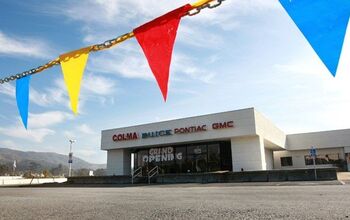
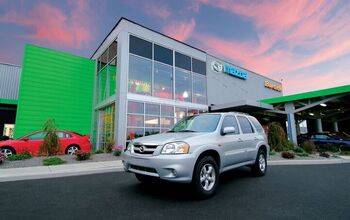
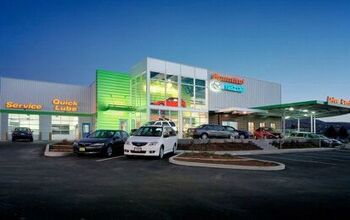

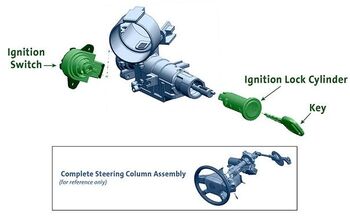



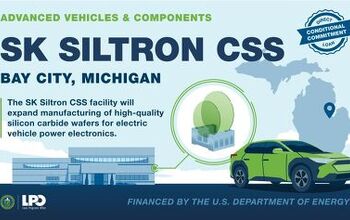

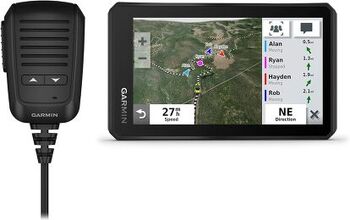



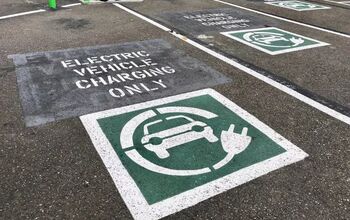
Comments
Join the conversation
@andrew: " feeling the warm, musky scent of a F&I guy breathing sweet nothings down my neck whilst he feels up my wallet from behind..." Awaiting your first full-length TTAC editorial. Dang, boy, you can write!
What can GMAC do? It doesn't matter who it is, the lenders aren't buying the cars, the consumers are, and not so may of them these days. A lender like GMAC can help make that easier to some extent by taking on more risk or helping GM lose money on cars but they don't make the sale. And now GMAC is pointing out that it is the dealers business to lose at. BFD, who didn't know that. Any dealer that wants to make it through this recession needs to grab an increasing share of a smaller pie. That guarantees that some dealers won't make it. Again BFD we already know that. Seems like it's kill or be killed for GMAC. I do have a different feeling for dealers being put out by closing brands but that hasn't happened yet.